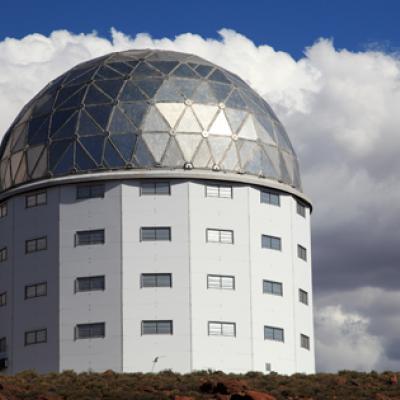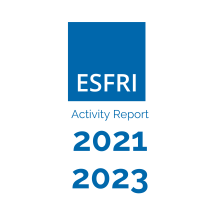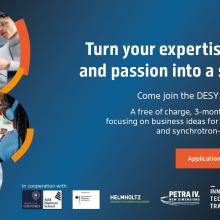Sharing infrastructure for better science: Africa and the EU
Research infrastructures provide the tools scientists need to understand the world and, in some cases, make it a better place. But these resources - from telescopes to biobanks, and from museum archives to wave energy test sites - cost more than most countries can afford. The EU-funded PAERIP project has started the ball rolling for new partnerships to share resources between Europe and Africa.
Partnerships that allow researchers from one country or region to access research infrastructures in another make sense: some phenomena are only found in certain places – plants species or weather conditions, for example; access encourages researcher mobility and the diffusion of knowledge; some of the problems these resources address are global in nature – climate change, infectious diseases, threats to water supply, for example – and require international solutions; pooling resources cuts costs.
Europe has a history of cooperating with the US, and to some extent Asia, says Daan du Toit, Deputy Director-General for international cooperation and resources at South Africa’s Department of Science and Technology. He contributed to the PAERIP project.
But a lack of awareness of the opportunities, combined with only limited investment and complex visa requirements, have meant little attention to European-African research infrastructure partnerships. Until now.
“PAERIP has played an important role in making research infrastructures an important theme in the African-EU research dialogue, which had never been the case before,” says du Toit. The project also led to the very first discussions within the African Union on sharing research infrastructures.
Putting infrastructure on the agenda
PAERIP created the first-ever inventory of research infrastructures in Europe and Africa. In Africa, these include botanical gardens, telescopes, a laser centre and a drought monitoring centre. The project also organised a series of events so that stakeholders could discuss the practicalities of partnerships, what is needed and how to get there.
The team also looked into best practice – how African researchers are making use of facilities such as the proton synchrotron at CERN in Geneva.
And the project explored how Africa and the EU could build new infrastructure together. “Research infrastructures are usually very expensive. We will never build these things in Africa, but we could build them in partnership,” says du Toit.
Discussions led to a series of high-level recommendations, now taken up within the EU-Africa high level policy dialogue on science, technology and innovation – the body set up to build understanding, strengthen cooperation and encourage joint programmes.
Recommendations include facilitating cooperation between different research infrastructure programmes, encouraging synergy between funding, and agreeing a roadmap for Africa-EU partnerships.
More than a research opportunity
In some African countries, PAERIP also led to an examination of national policies on research, infrastructures and international cooperation – the topics had not previously been considered in parallel, and the project increased understanding of the need for appropriate policies and strategies.
Those involved in this discussion will likely be interested in the socio-economic value of investment in research infrastructure. One of PAERIP’s case studies illustrates the benefits covered the South African Large Telescope (SALT).
SALT is the largest optical telescope in the southern hemisphere. It is expected to be a huge contributor to the study of the early universe, quasars, galaxy populations and more.
Construction, funded through a multinational foundation, created jobs and was the catalyst for new infrastructure such as roads. Inauguration created opportunities for developing scientific and engineering skills in previously disadvantaged communities, and among scientists and technicians. Meanwhile outreach is inspiring young South Africans and SALT is now part of the school curriculum. SALT also gave a boost to tourism, leading to the creation of new small businesses.
Check also our publication Investing in European success - EU-Africa cooperation in science, technology and innovation
Project details
Project acronym: PAERIP
Participants: South Africa (Coordinator),France, UK, Greece, Kenya, Belgium, Egypt
Project reference: 262493
Total cost: € 605 156
EU contribution: € 450 000
Duration: April 2011 - March 2013





